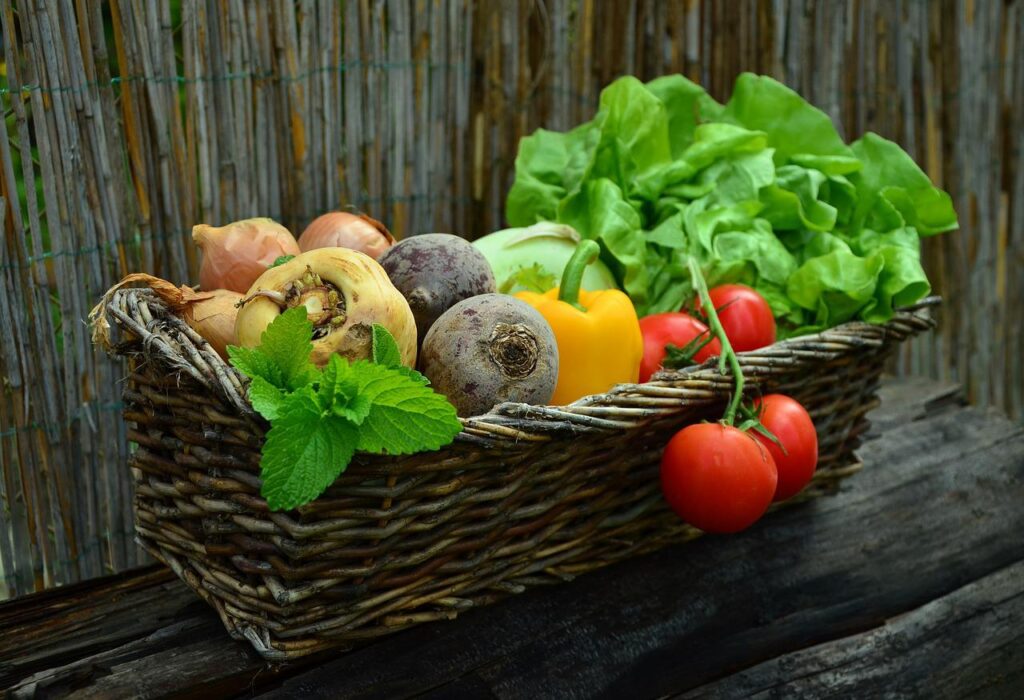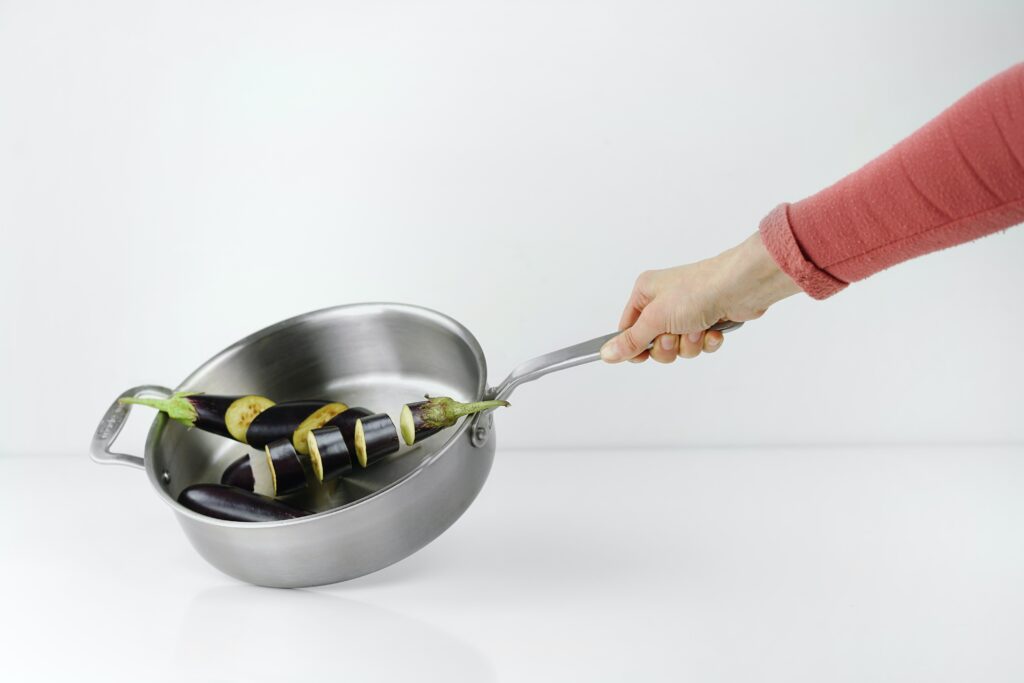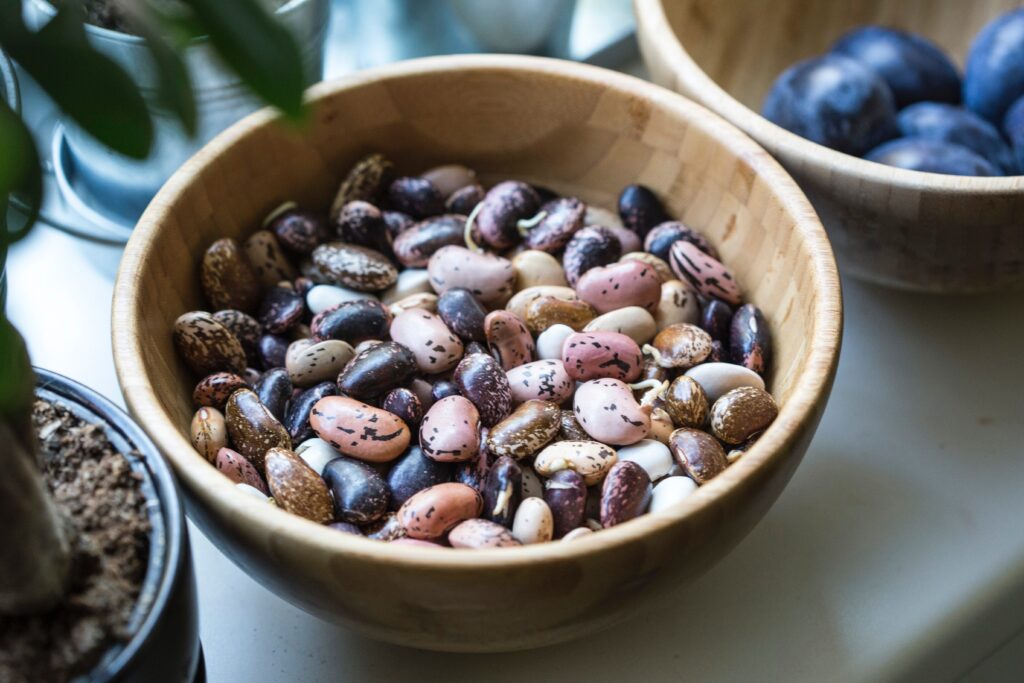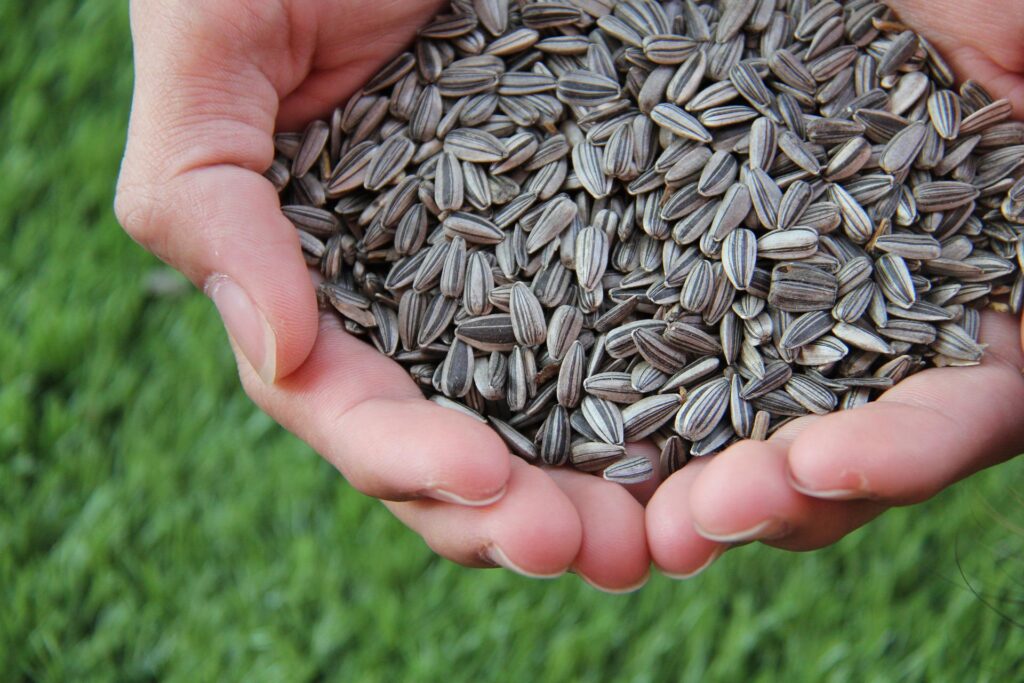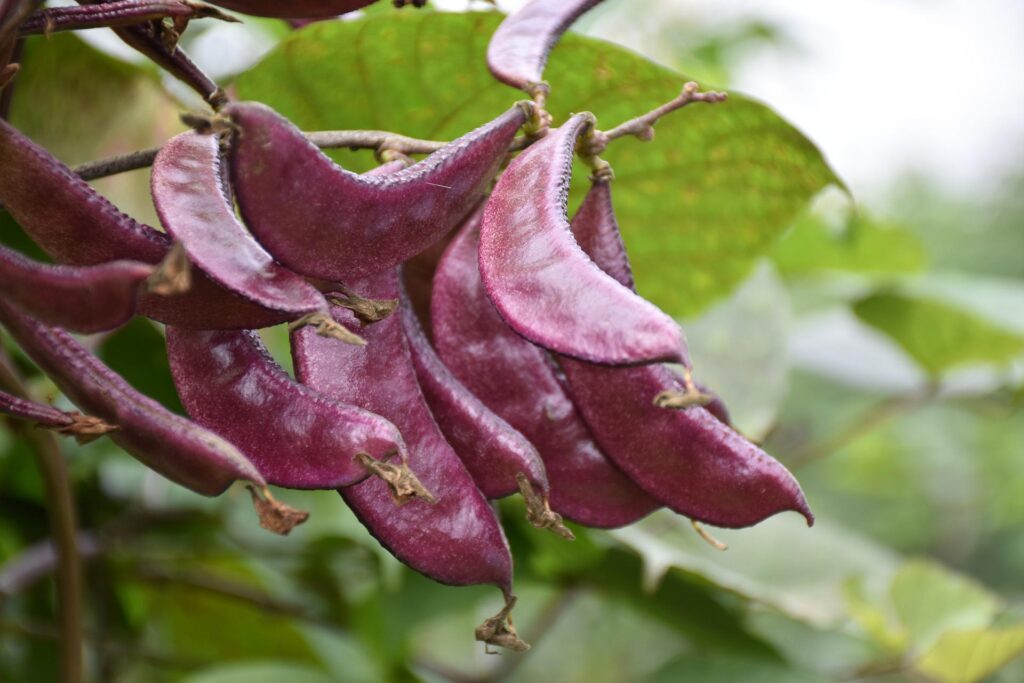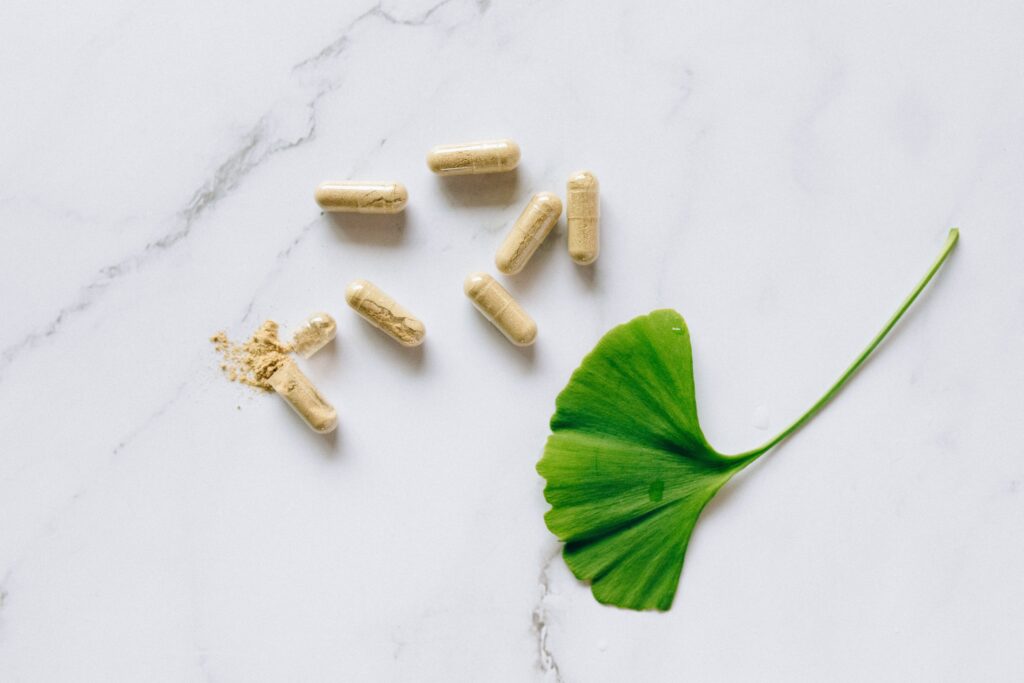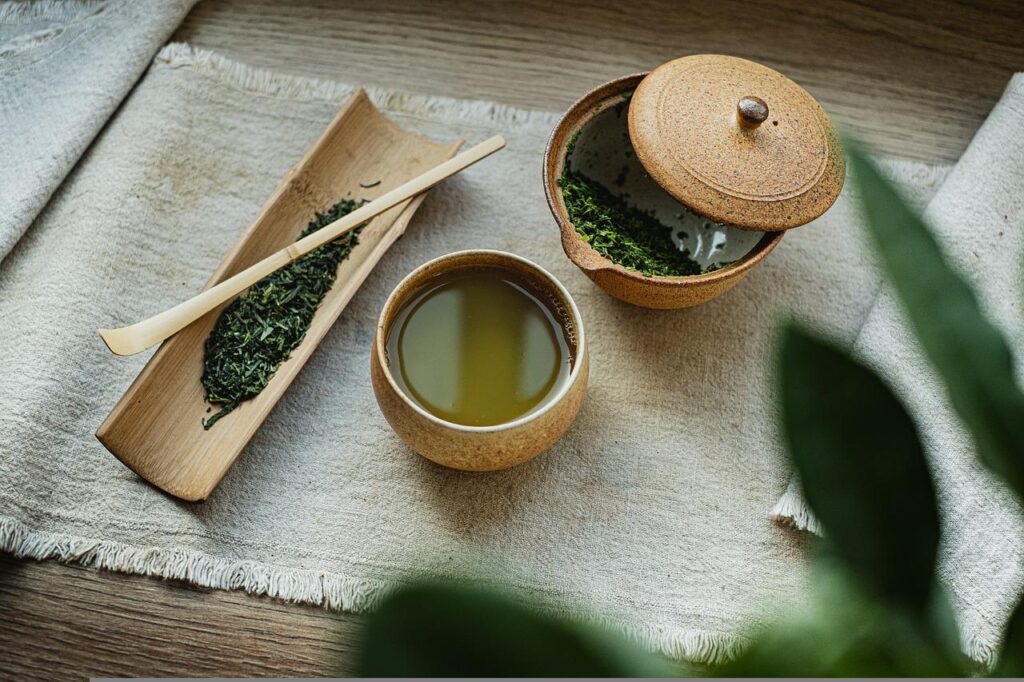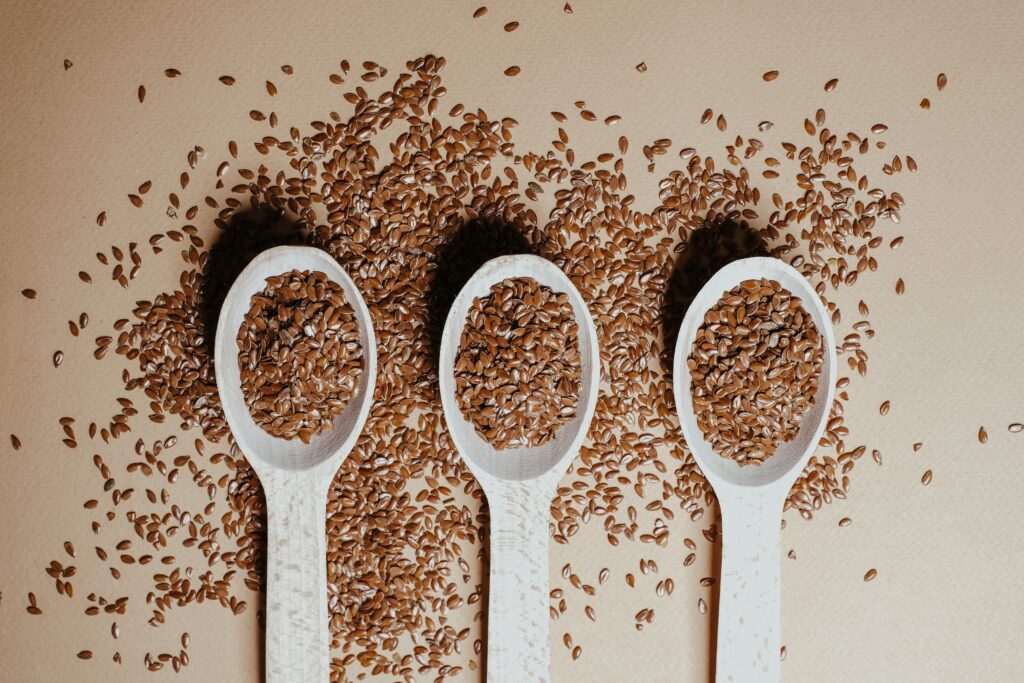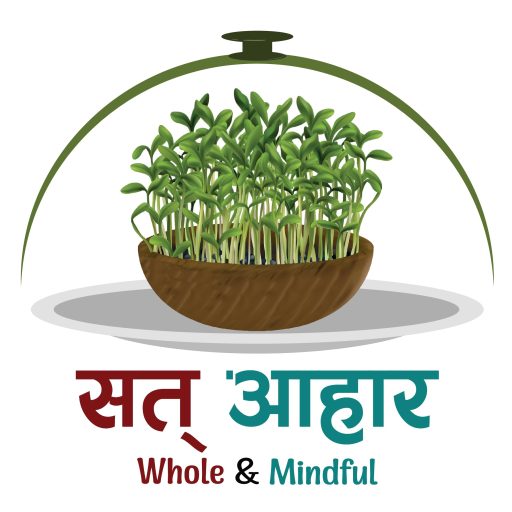What is wheatgrass?
Wheatgrass is the young grass or shoots of common wheat plant (Triticum aestivum). It is harvested before it reaches full size, during an early stage in its development. It normally takes 7–10 days after sprouting for this to happen. It is typically consumed as a fresh juice, but it is also available as a powder. Wheatgrass juice is a living food that is consumed fresh.
Why is it called green blood?
Because of its high chlorophyll content, which accounts for 70% of its chemical composition, it is also known as “green blood.” It also has a structural similarity to haemoglobin, resulting in a high oxygen supply to all tissues. It also contains antioxidant enzymes like as superoxide dismutase and cytochrome oxidase, which can convert reactive oxygen species to hydrogen peroxide and oxygen molecules. It can also protect DNA from oxidative damage (1). Chlorophyl, the green pigment has wound healing and strong anti-inflammatory properties as well.
Nutritional value
About a tablespoon (10g) of shade dried wheatgrass powder contains following nutrients (2).
Protein: 3.1g
Fat: <0.1g
Dietary Fiber: 2.6g
Vitamin C: 0.2 mg
Beta carotene (pro vitamin A): 19.4 mg
Calcium: 7.2mg
Iron: 2.9mg
Copper: 0.15mg
Zinc: 0.74 mg
Selenium: 4.5 mcg
You can see that just a 10g of wheatgrass powder is rich source of micronutrients such as vitamin A, the iron and copper. It is also reported in other literatures to be rich in vitamin E and C.
Wheatgrass in Disease Treatment
Ulcerative Colitis
Wheatgrass juice was linked to a decrease in overall disease activity and the degree of rectal bleeding in patients with ulcerative colitis. In a randomized double-blind placebo-controlled trial, ninety percent of the patients who were given wheatgrass improved, with none deteriorating. Though exact mechanism is not known, wheatgrass juice appears to be efficacious and safe as a single or combined treatment for active distal ulcerative colitis (3).
Colon Cancer
In a study, 100 colon cancer patients were given either wheatgrass juice and standard colon cancer chemotherapy or only standard colon cancer chemotherapy. Wheatgrass was shown to have ability to reduce a variety of chemotherapy-related side effects. As a preliminary evidence, wheatgrass also shown no side effects as compared to those of pharmaceutical medications and the carries the potential to be utilized as a low-cost, non-toxic supplement to standard chemotherapy (4).
Moreover, proteins found in wheatgrass are known to be involved in preventing many diseases, oxidative stress, primary metabolism, storage, and energy-related mechanisms. Wheatgrass contains several trace minerals, phytochemicals, active enzymes, and vitamins that can be easily absorbed (5).
Besides these, wheat grass is linked to help with type 2 diabetes, alcohol induced damage in kidneys in human and animal studies (6) (7). Several in vitro, animal studies and small clinical studies have shown wheatgrass’s positive role in cancer treatment, obesity, and rheumatoid arthritis as well. In this regard, more research in human subjects with better methodology is needed before giving clinical recommendations to public (8).
Freshly squeezed wheat grass juice is also gluten free and can be consumed by people with gluten sensitivity (9).
Takeaway: Wheat grass is a rich source of chlorophyll, beneficial enzymes, and micronutrients. It also contains strong antioxidant activity and is proven to treat ulcerative colitis. Its beneficial nutraceutical effects are observed in other diseases as well, yet we need more research to confirm. Regular consumption of little to moderate amount of wheatgrass especially the fresh wheatgrass juice is beneficial to nourish your health and probably prevent diseases. However, it might not be as beneficial as it is marketed. Just take caution and do not consume excess.


